-
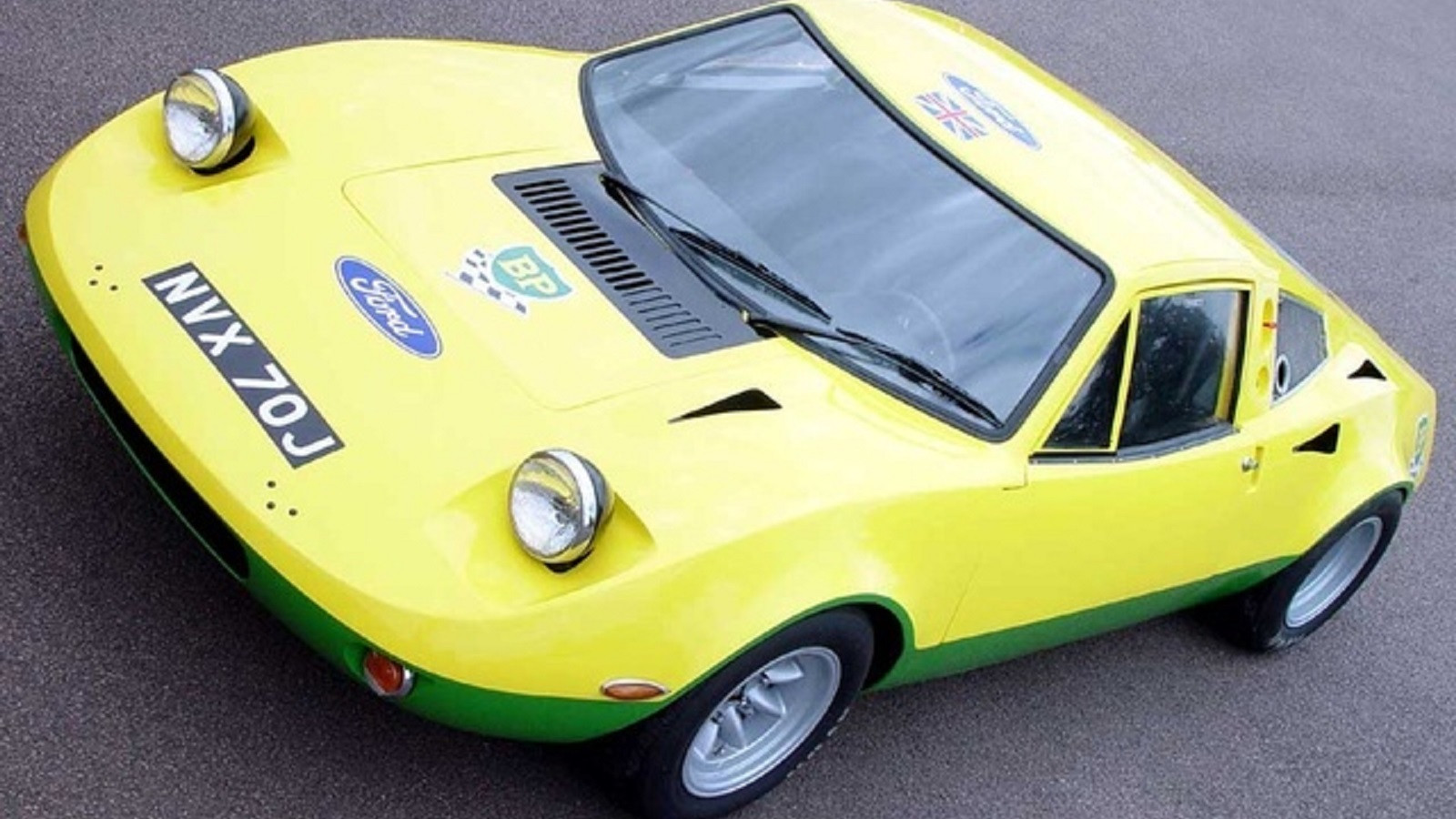 © Ford Motor Company
© Ford Motor Company -
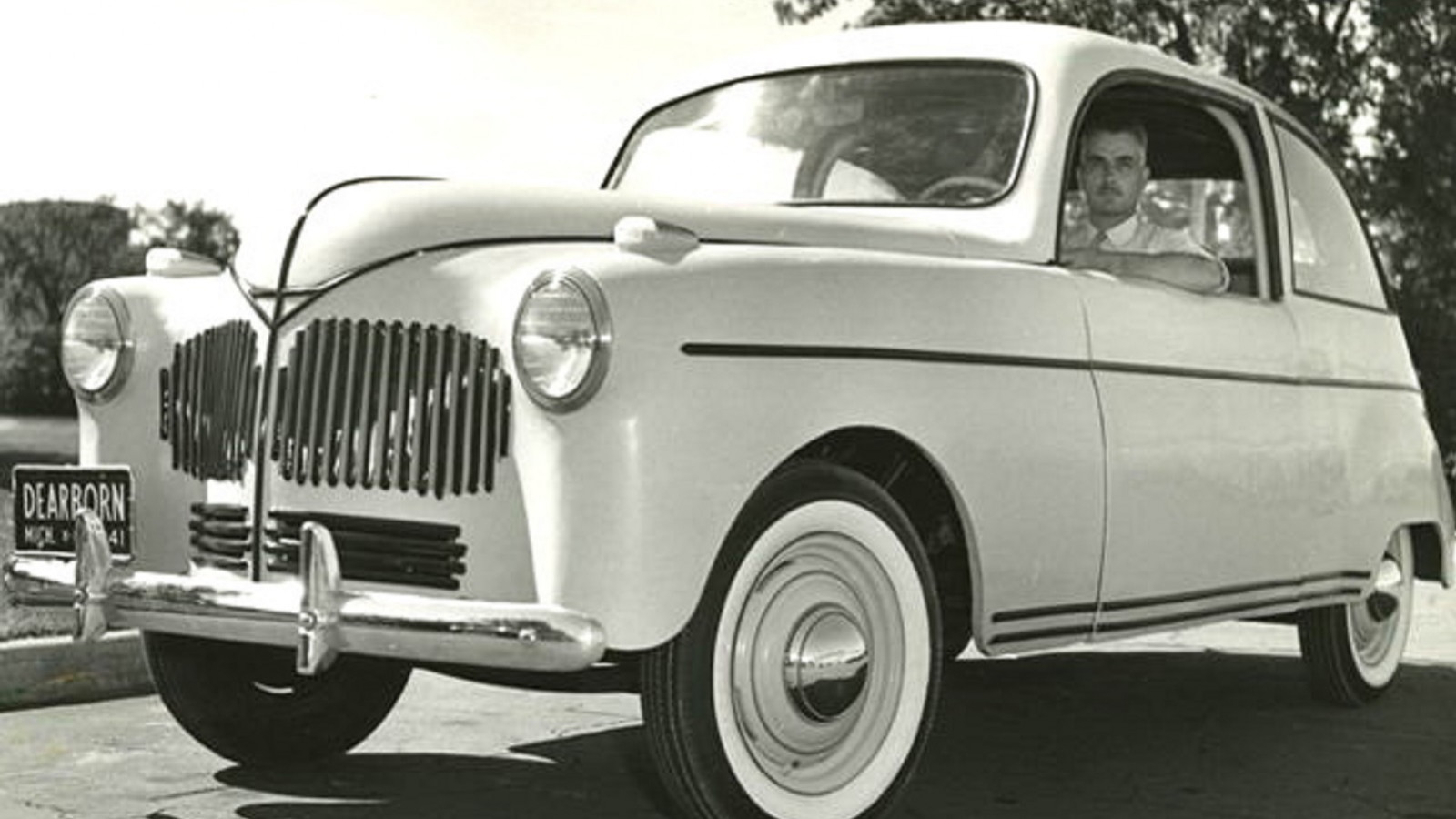 © Ford Motor Company
© Ford Motor Company -
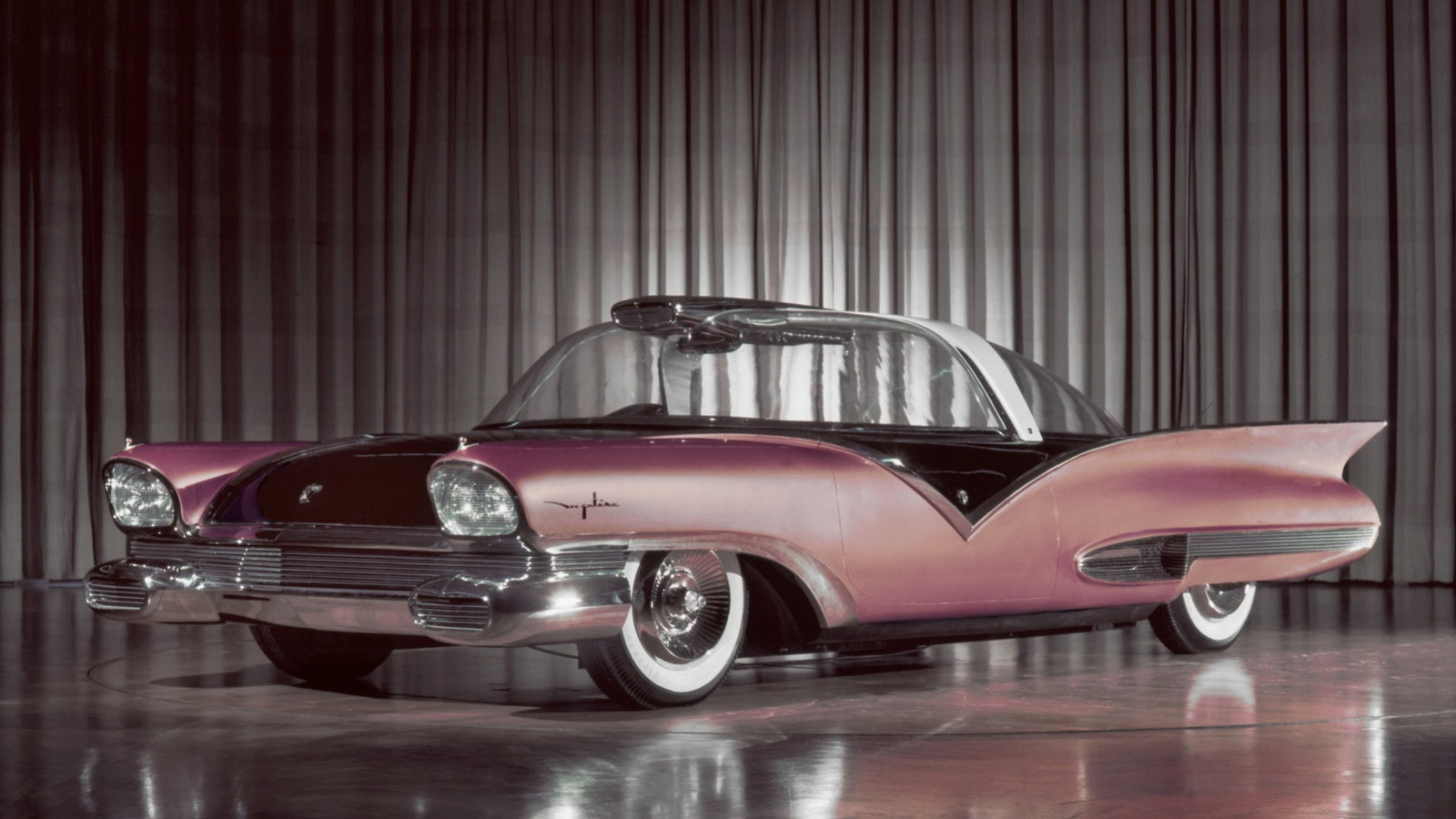 © Ford Motor Company
© Ford Motor Company -
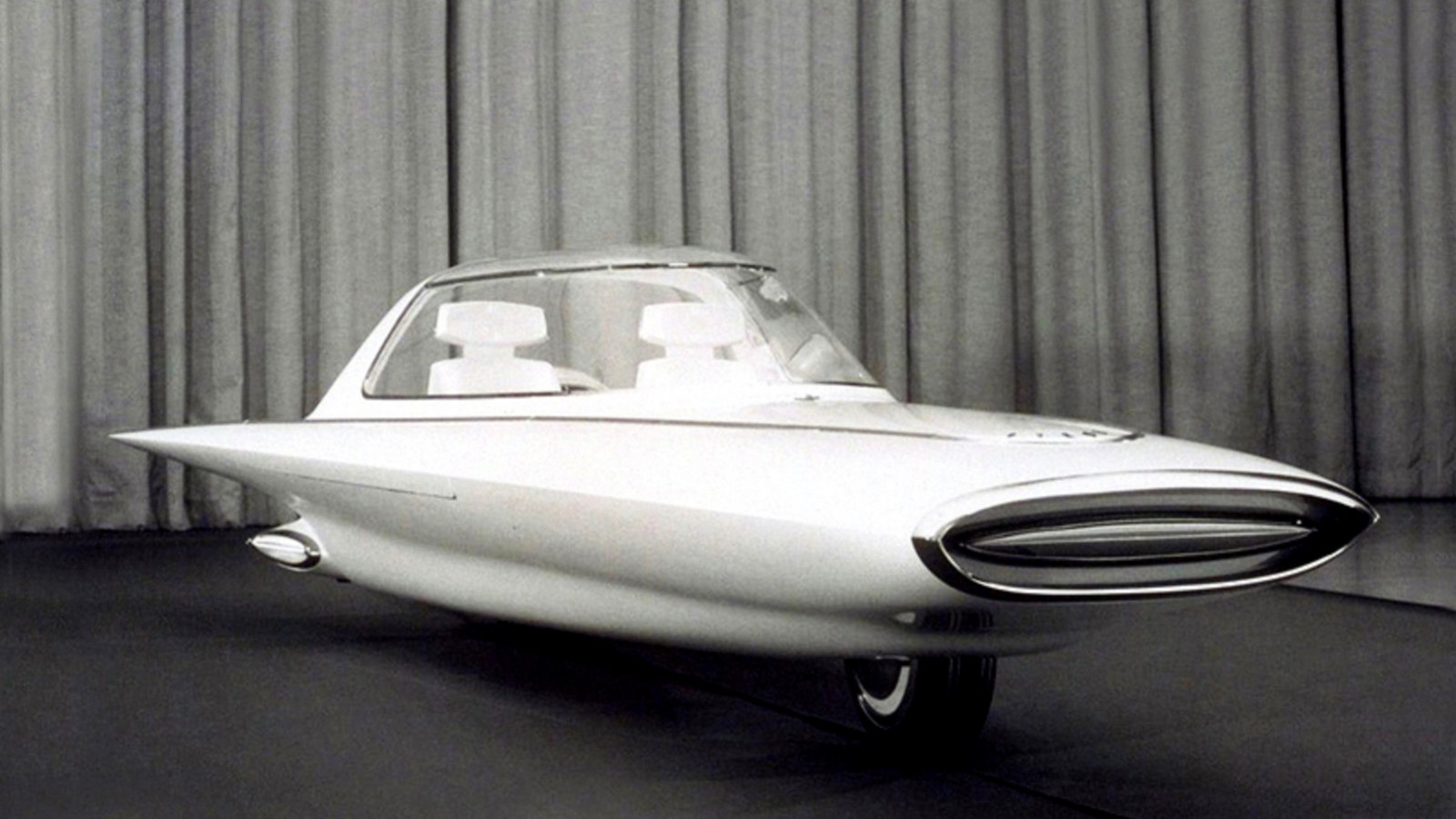 © Ford Motor Company
© Ford Motor Company -
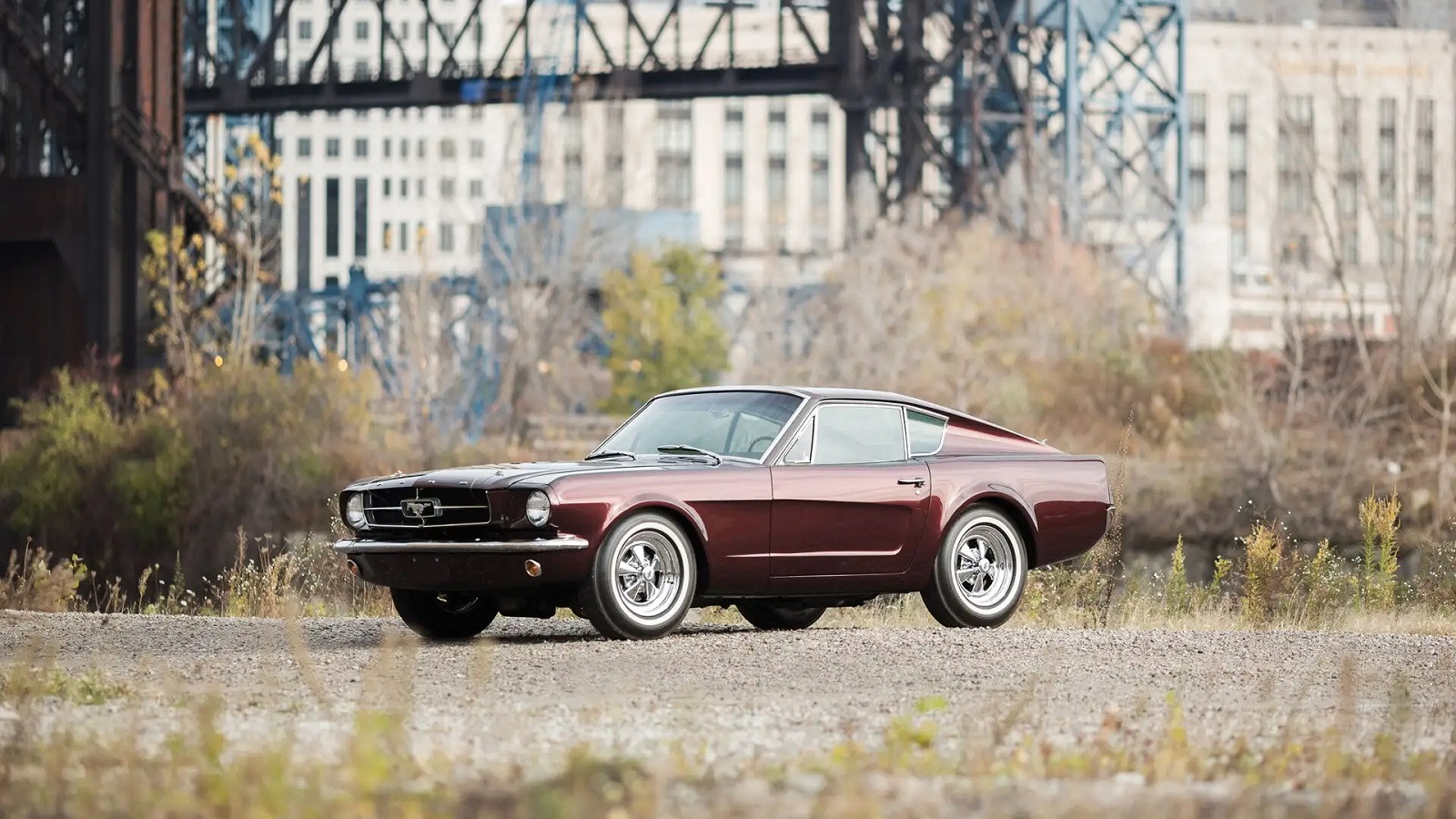 © Drew Shipley/RM Sotheby’s
© Drew Shipley/RM Sotheby’s -
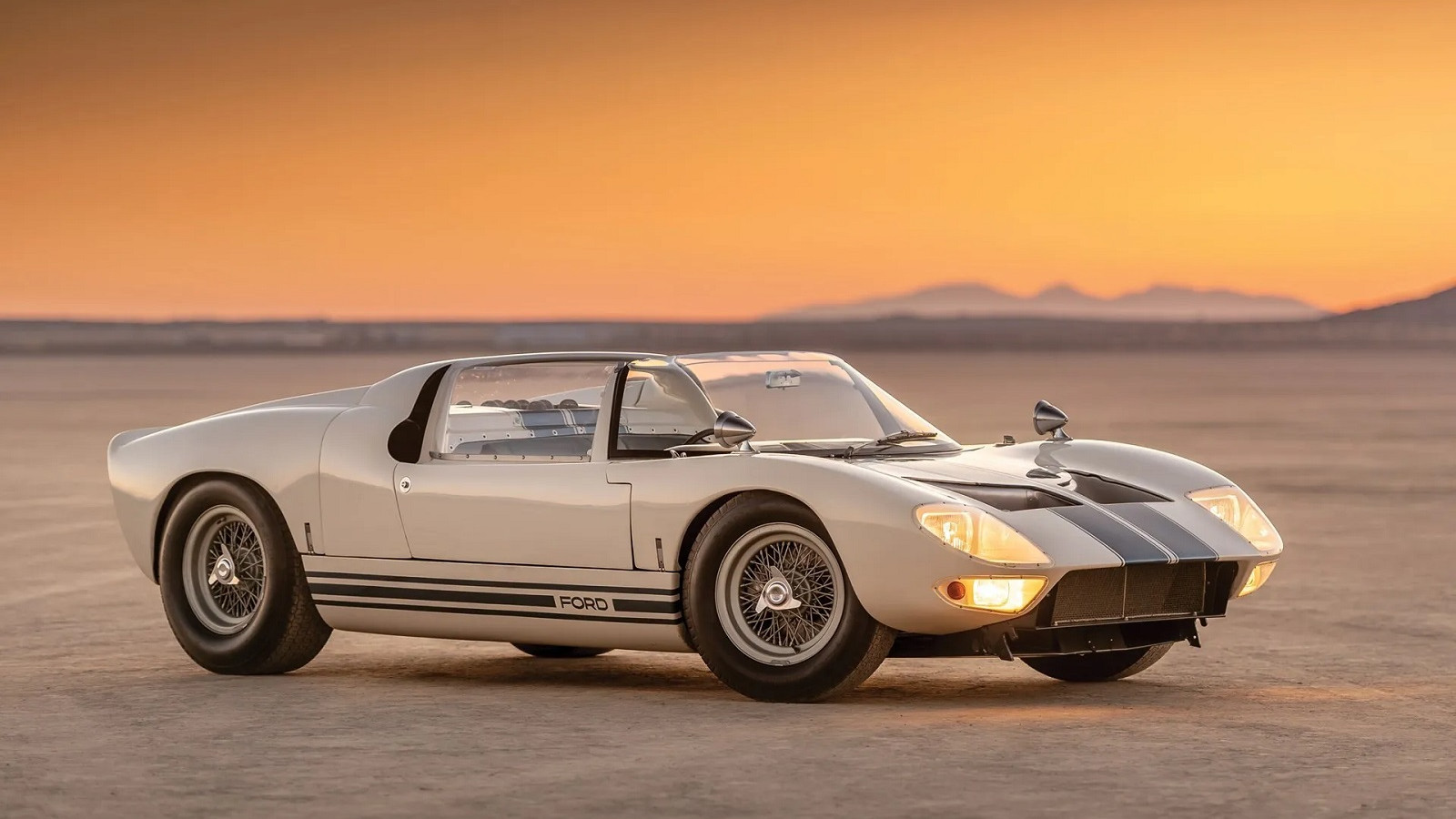 © Robin Adam/RM Sotheby’s
© Robin Adam/RM Sotheby’s -
 © Ford Motor Company
© Ford Motor Company -
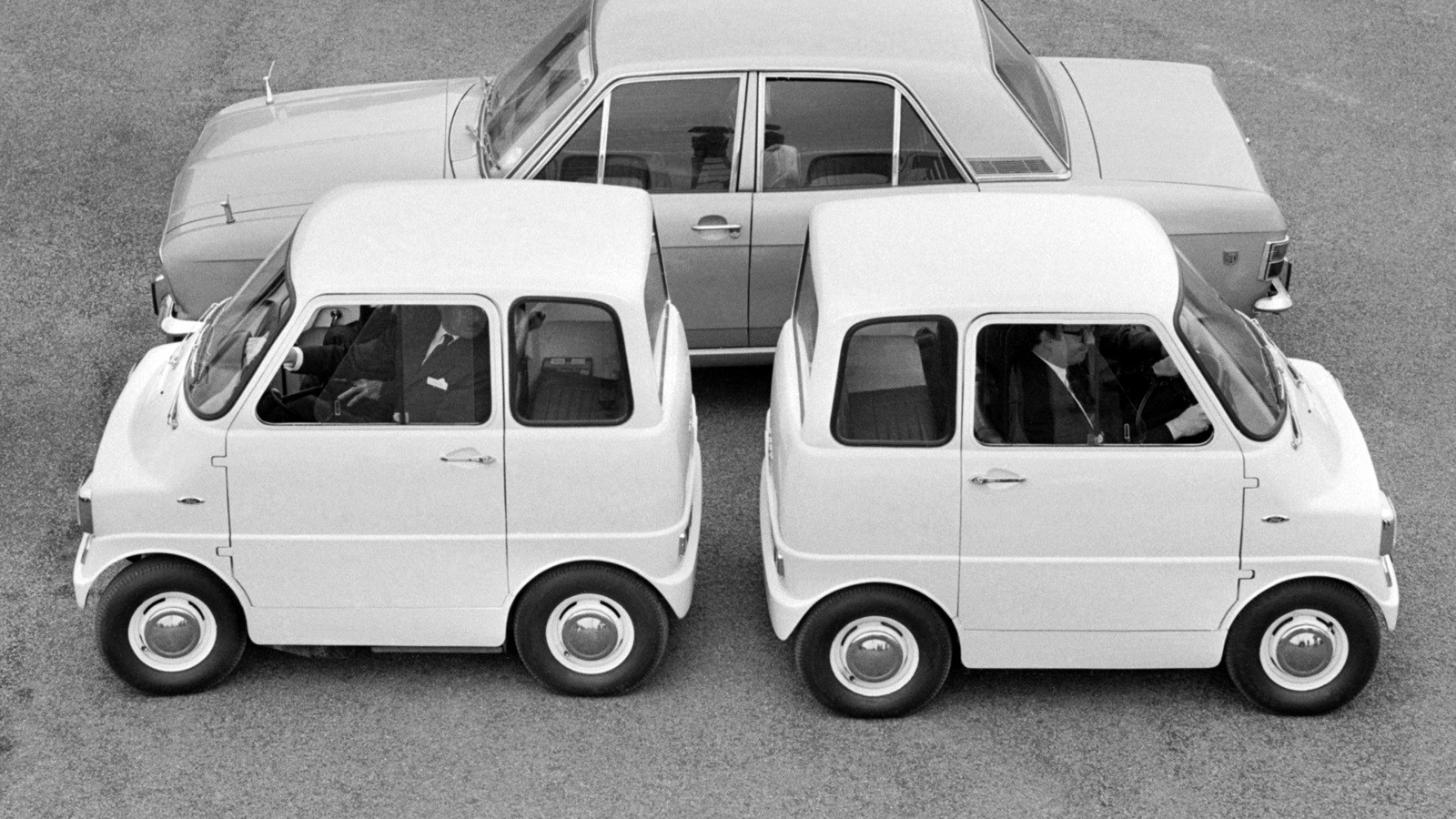 © Ford Motor Company
© Ford Motor Company -
 © Ford Motor Company
© Ford Motor Company -
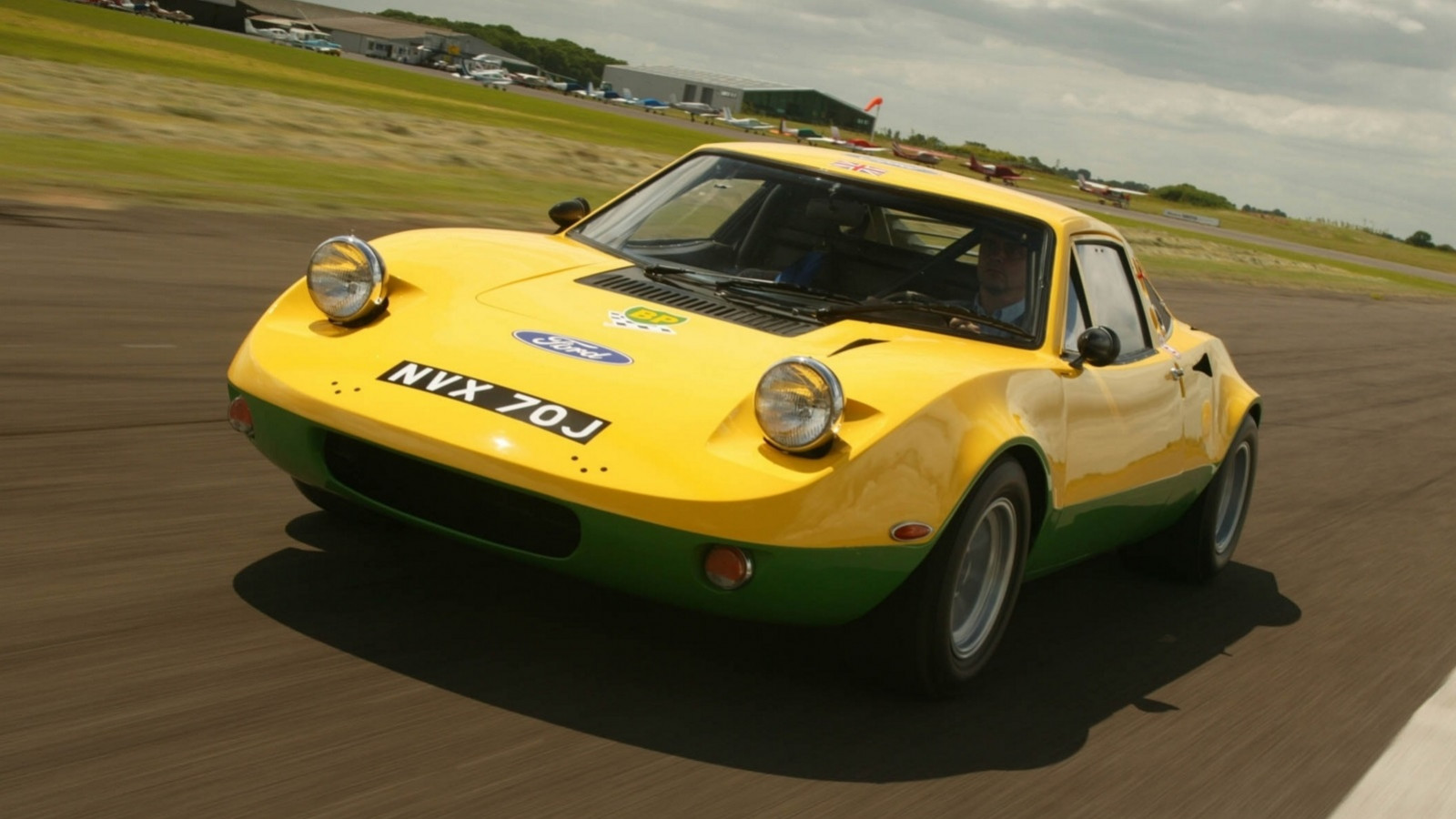 © Ford Motor Company
© Ford Motor Company -
 © Ford Motor Company
© Ford Motor Company -
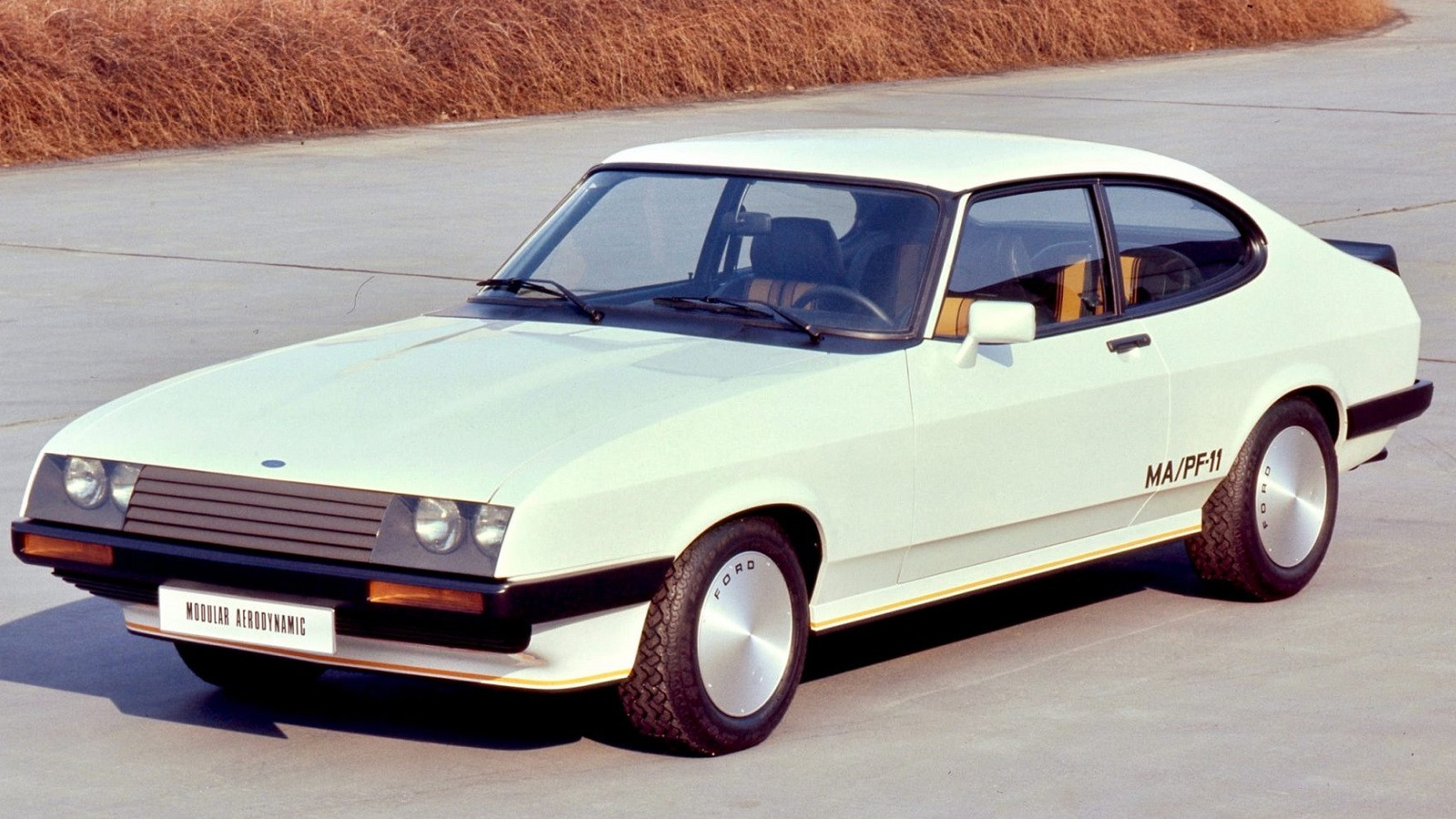 © Ford Motor Company
© Ford Motor Company -
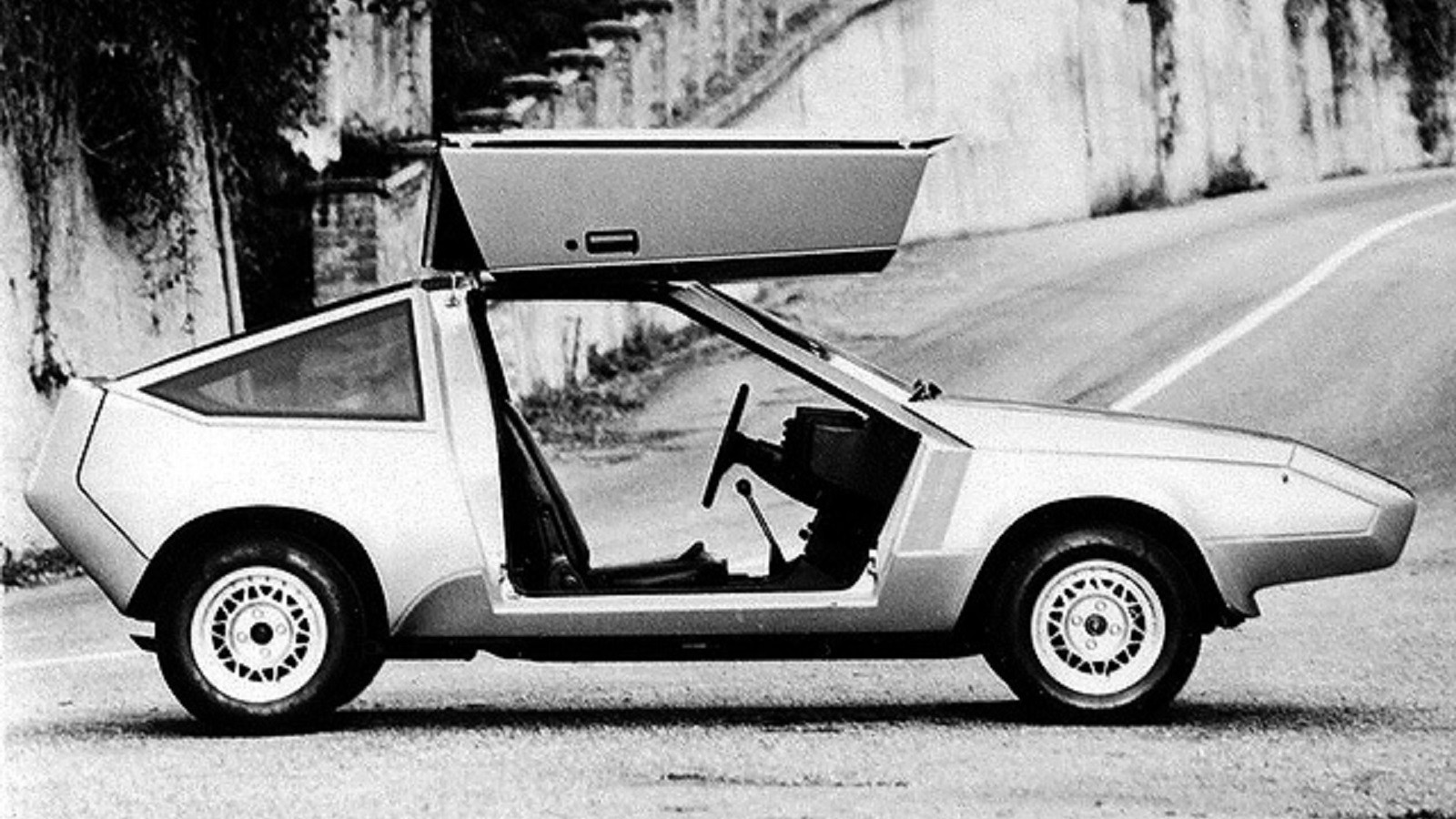 © Ford Motor Company
© Ford Motor Company -
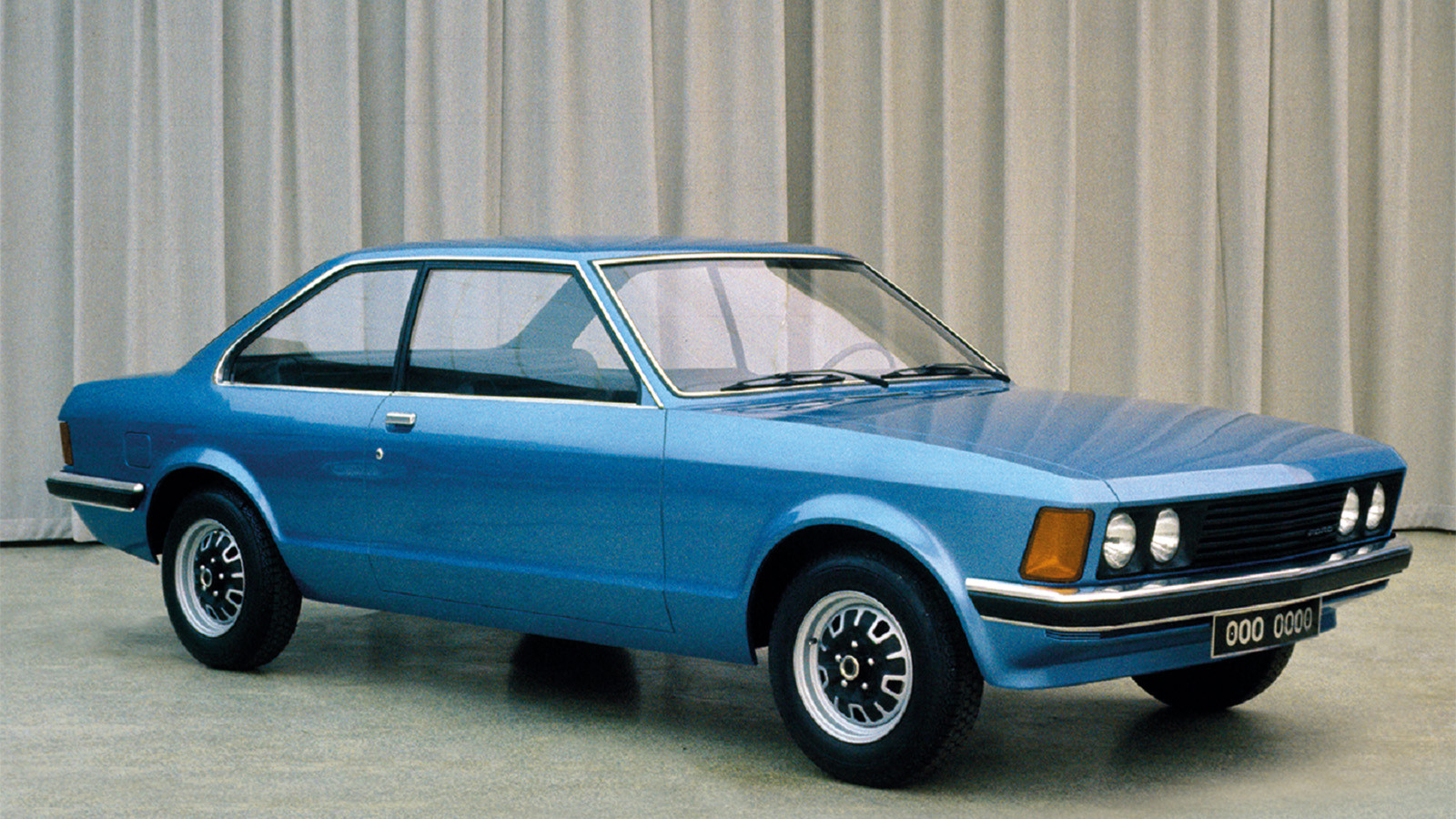 © Steve Saxty/Ford Motor Company
© Steve Saxty/Ford Motor Company -
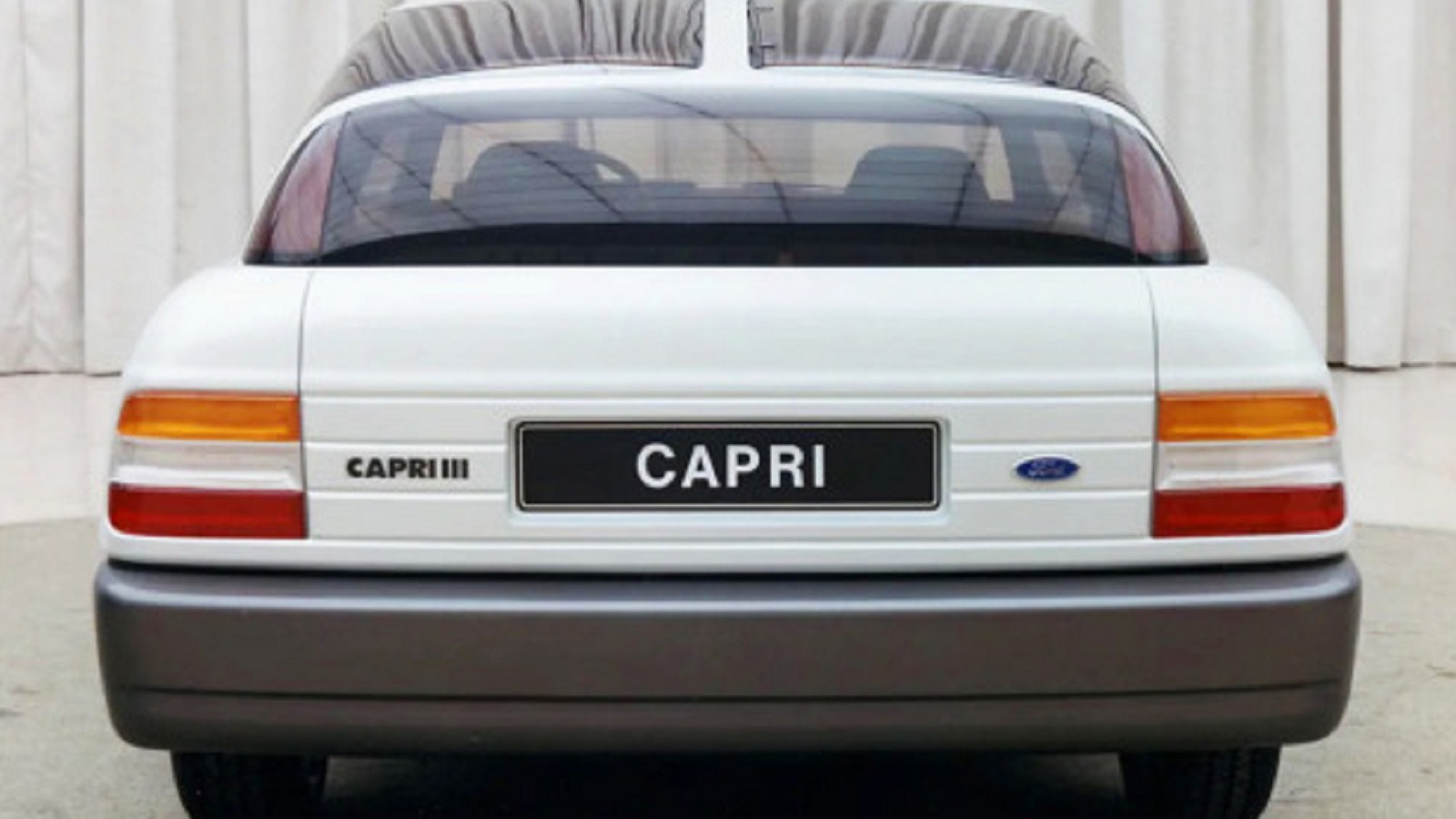 © Ford Motor Company
© Ford Motor Company -
 © Ford Motor Company
© Ford Motor Company -
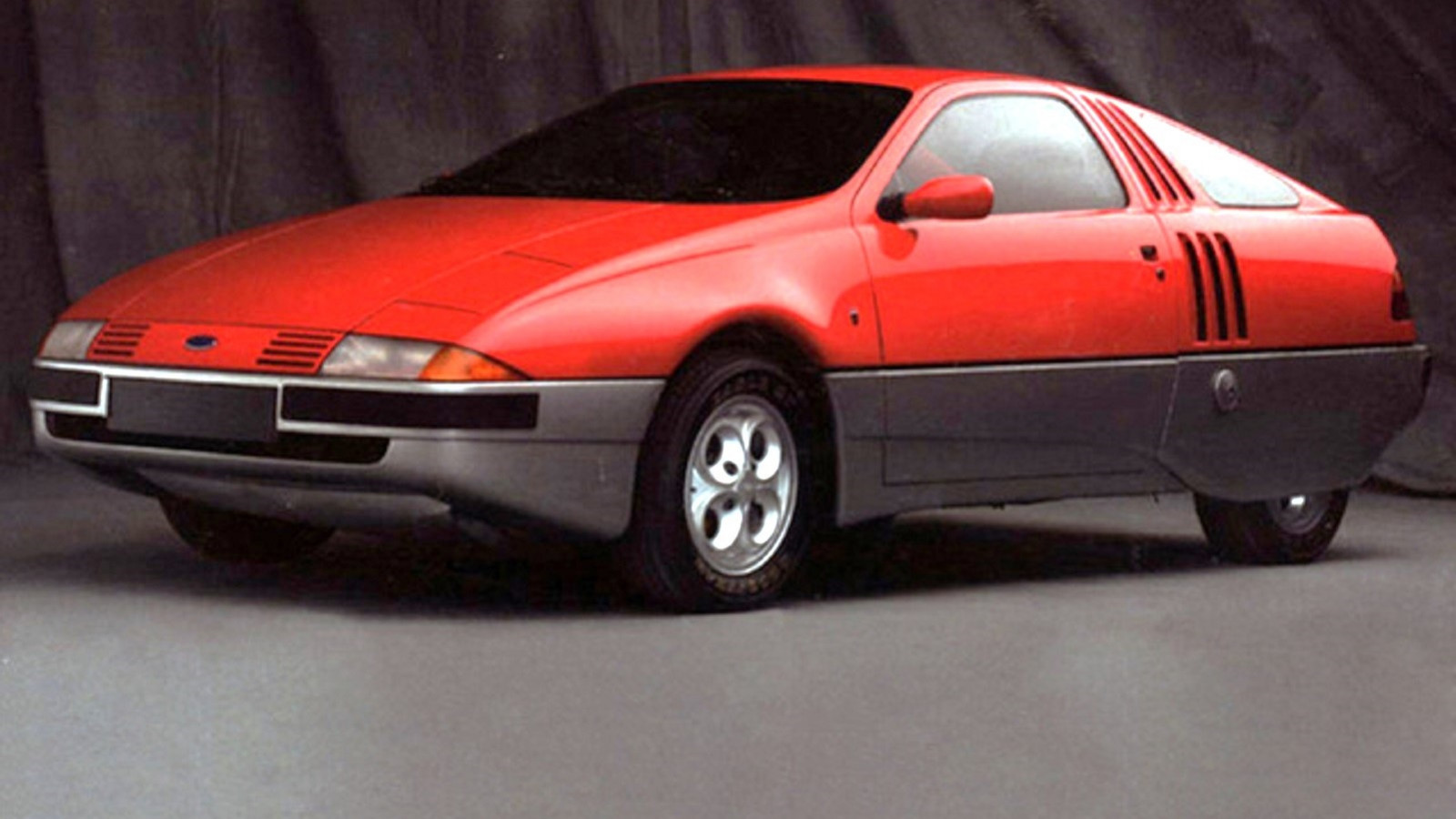 © Ford Motor Company
© Ford Motor Company -
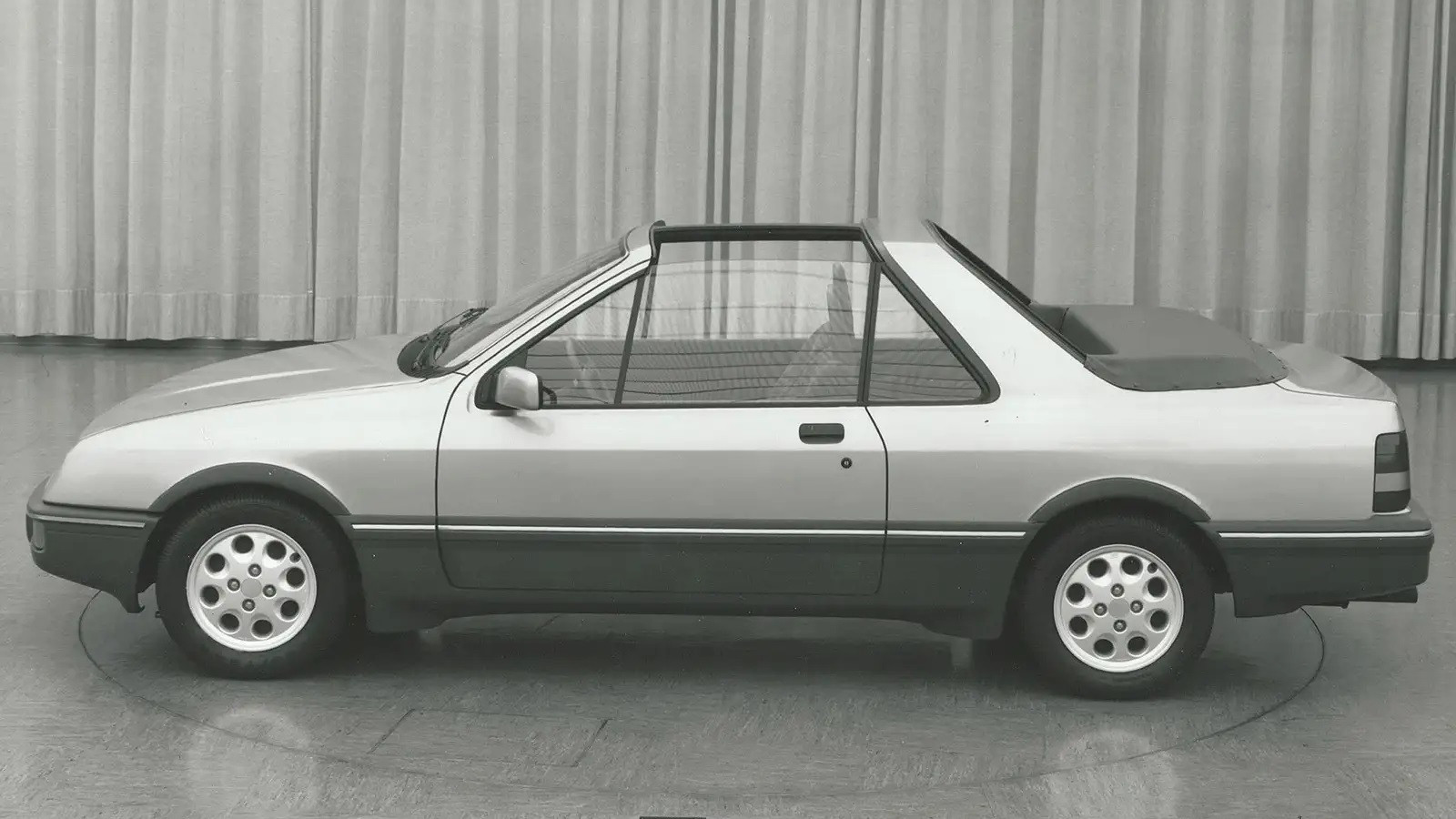 © Ford Motor Company
© Ford Motor Company -
 © Ford Motor Company
© Ford Motor Company -
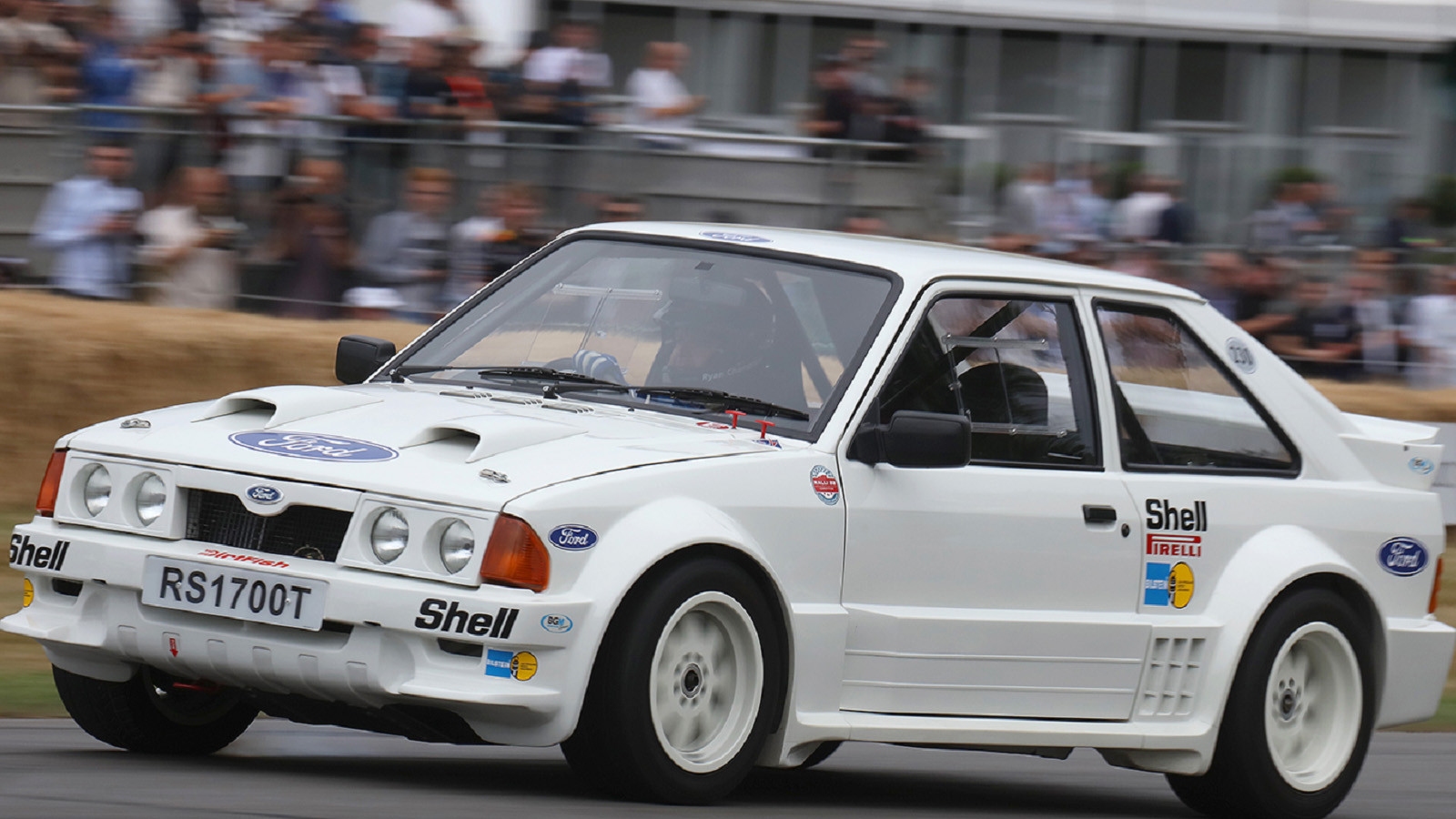 © James Mann/Classic & Sports Car
© James Mann/Classic & Sports Car -
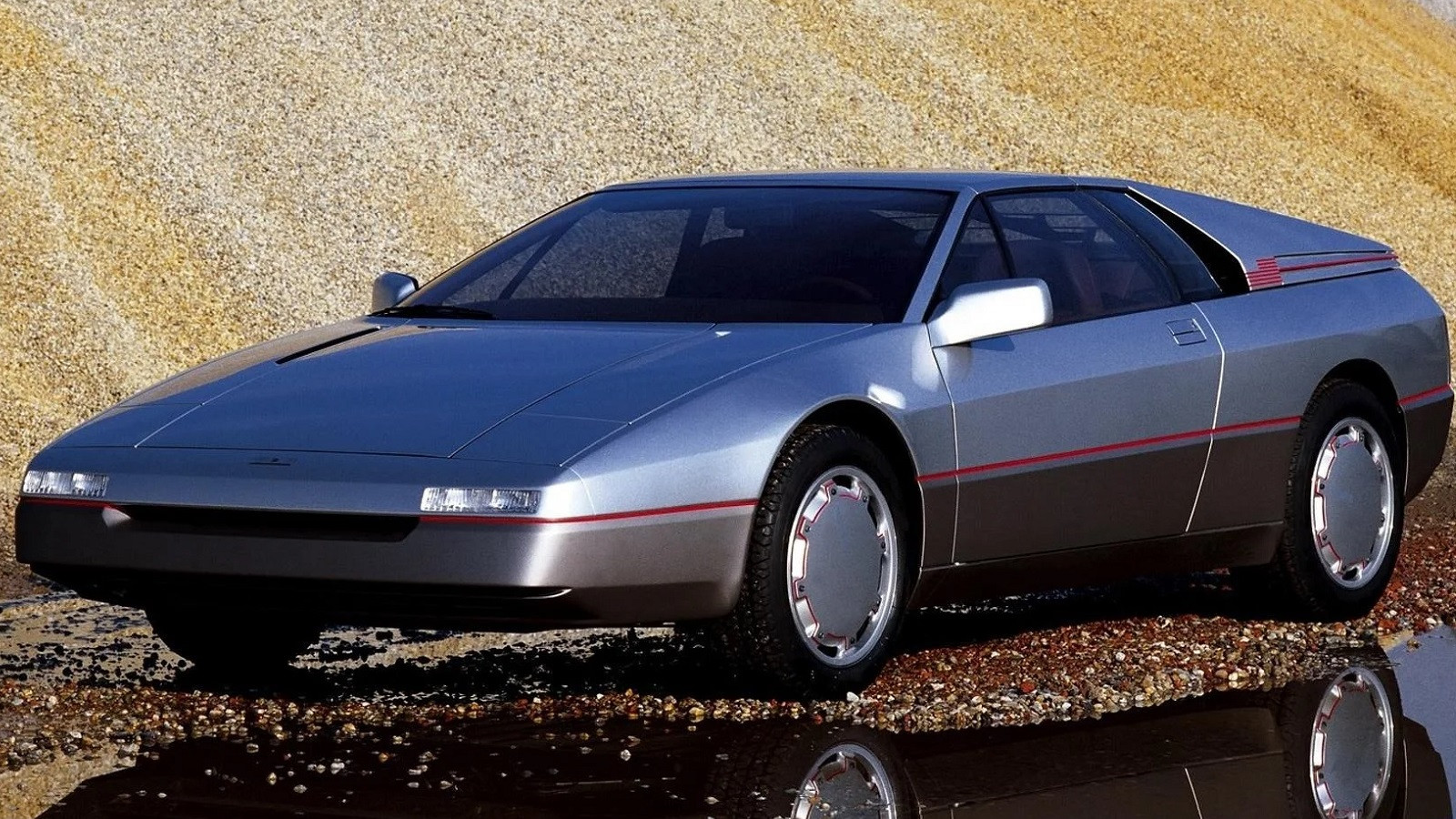 © Ford Motor Company
© Ford Motor Company -
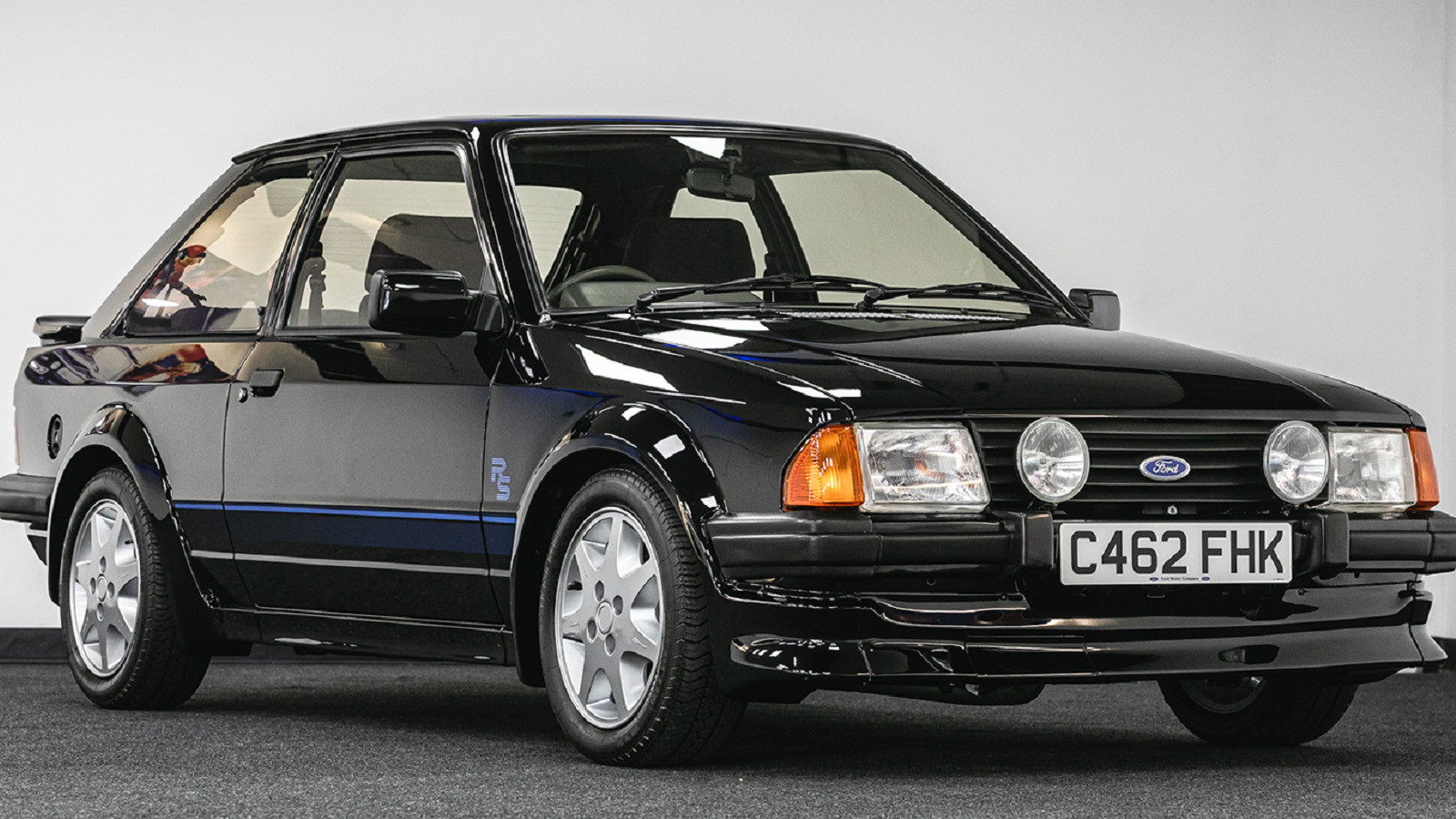 © Silverstone Auctions
© Silverstone Auctions -
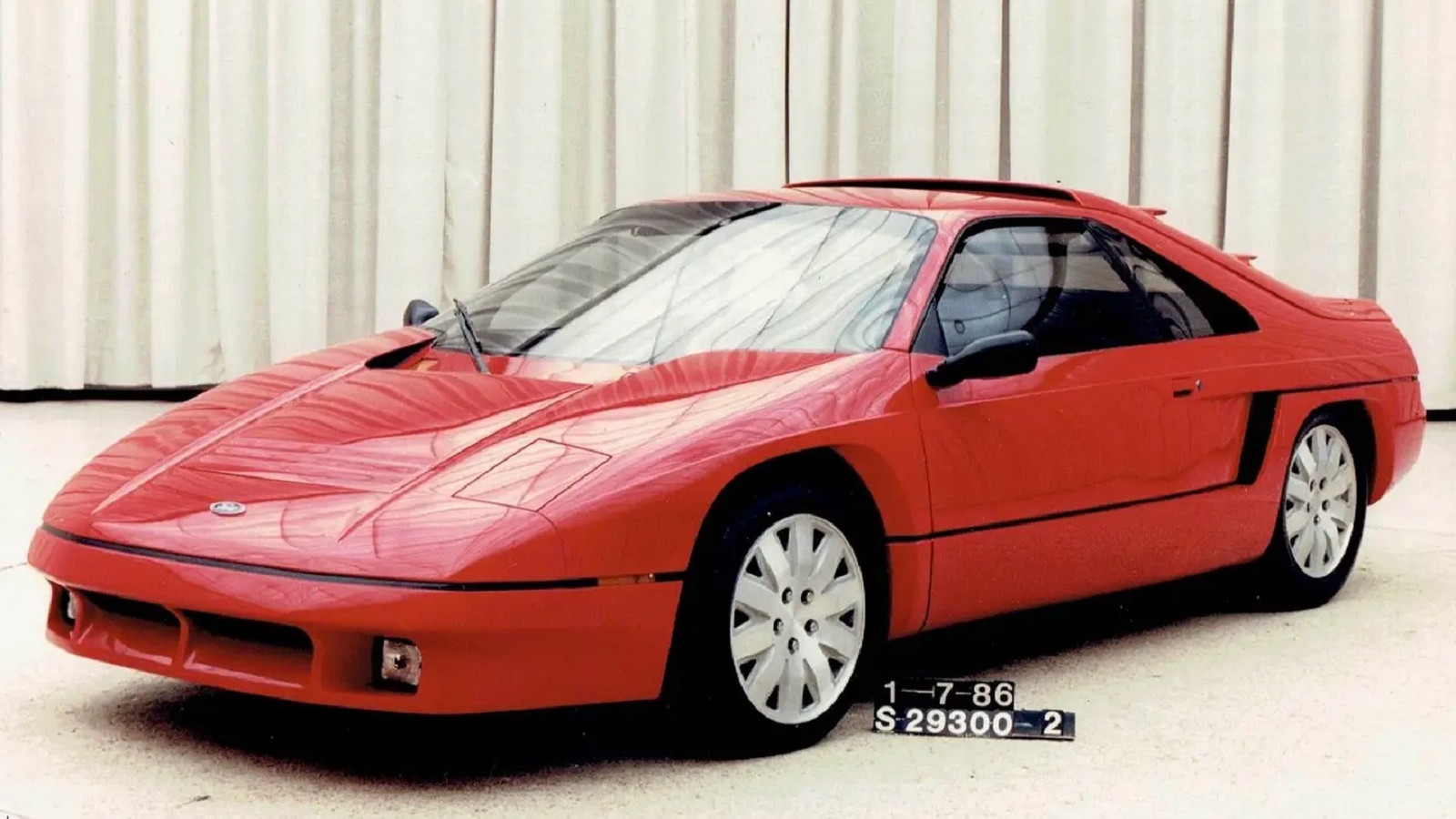 © Ford Motor Company
© Ford Motor Company -
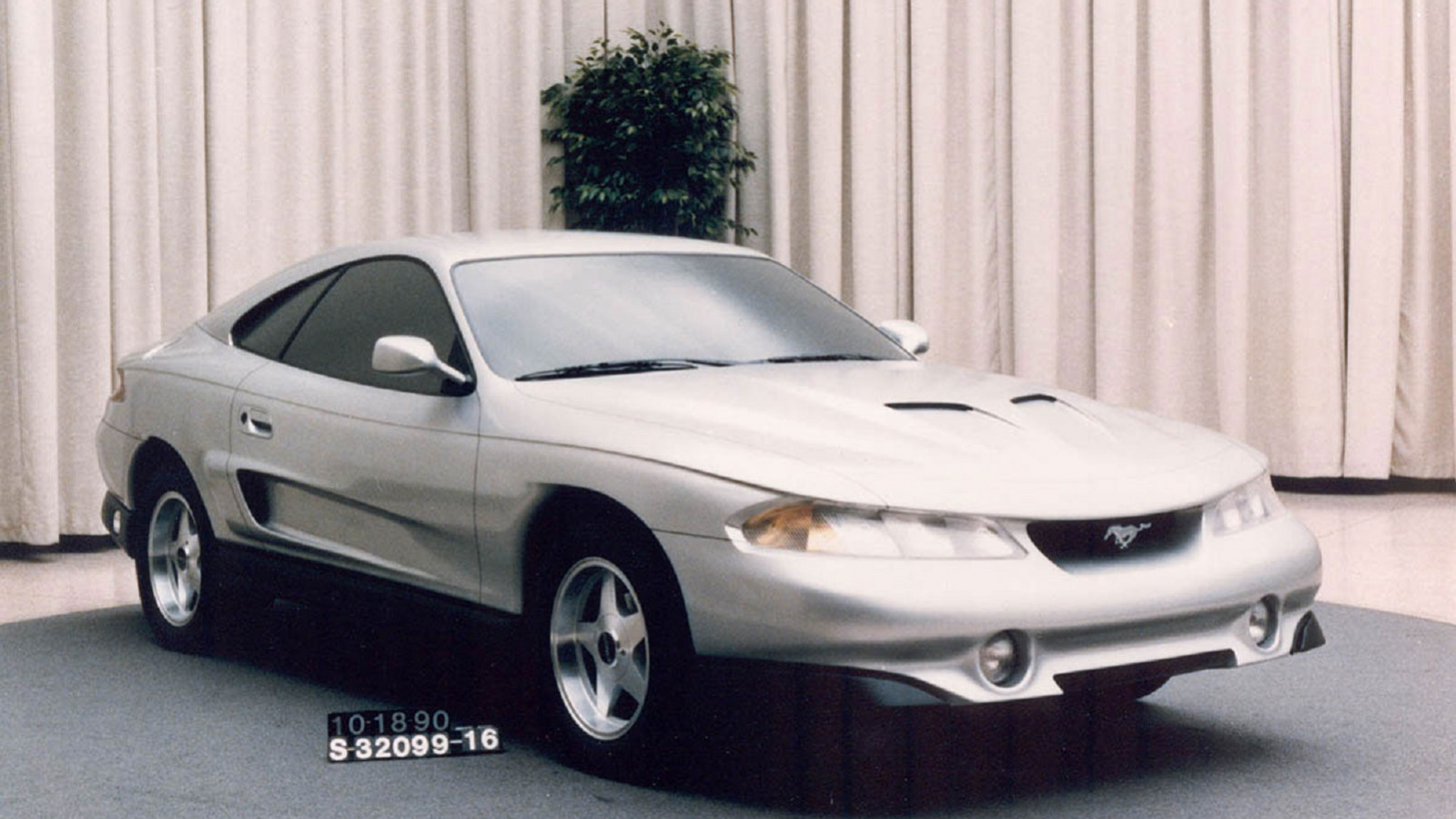 © Ford Motor Company
© Ford Motor Company -
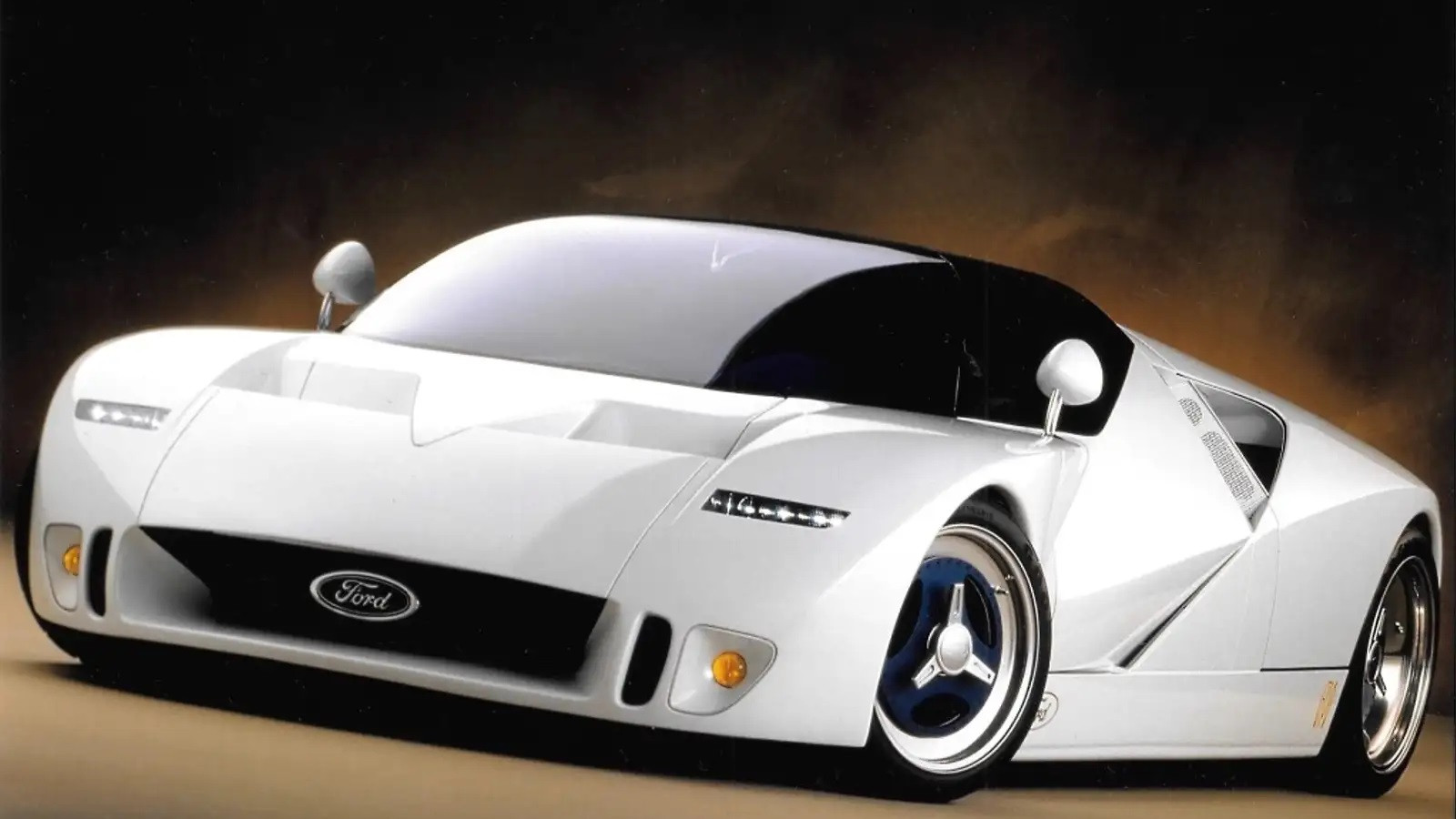 © Ford Motor Company
© Ford Motor Company
-
Ford’s production near misses
Among the many cars Ford has built, there have been many that didn’t quite make it into production.
Some were just too left-field at the time, while others would have been too costly to put on sale.
There are also some cars in our list that make you wonder why the plug was pulled on them, and others that seemed doomed from the start.
Here’s a selection of Fords that were never made, presented in chronological order.
-
1. 1941 Ford Soybean Car
Composite materials are now commonplace in modern cars, but in 1941 Ford was pushing boundaries with the Soybean car.
This roomy, two-door, four-seat, small car was built with a body made from plastic produced by corn and soybeans, hence the name.
Not only did a plastic body make the Soybean Car lighter and easier on fuel, but Ford also realised it could control the raw-material production more tightly than steel.
However, the US entering the Second World War put an end to this intriguing alternative car-body production and only one Soybean Car was made.
-
2. 1955 Ford Mystere
With the Jet Age in full swing, Ford rolled all of this enthusiasm into the Mystere design study.
It claimed it was a car set to wow the world when it reached production, but it was only ever a concept and didn’t even have an engine fitted, despite Ford saying it would be powered by a gas turbine.
Other elements that made the Mystere highly unlikely to see the light of day as a production car were its large tilting glass canopy and steering wheel that could be swapped from side to side.
It may not have seen production, but the Mystere did its job of gaining Ford plenty of press coverage in 1955.
-
3. 1961 Ford Gyron
The modest Ford Gyron was a much more radical car than many more outrageously styled concepts.
Underneath its neat, streamlined looks lay a glassfibre body, but the real innovations were the gyroscopes that kept this tandem two-wheeler from falling over.
There were small jockey wheels to stabilise the Gyron at low speeds and when parked, but it otherwise drove in the same way as a motorcycle.
Built for research purposes rather than with production in mind, the Gyron could have had a great influence.
Unfortunately, the only working prototype was lost in the 1962 Ford Rotunda fire.
-
4. 1961 Ford Mustang ‘Shorty’
The Ford Mustang was launched as a four-seat sports car to appeal to as wide an audience as possible, but there were those within Ford who still wanted a two-seat version closer to a sporting ideal in their minds.
Consequently, Dearborn Steel Tubing, which Ford used for many of its 1960s one-offs, came up with the Mustang ‘Shorty’ based on a 1965 coupé.
It had 16in (41cm) chopped from its wheelbase, hence the Shorty nickname, and had a bored-out 302cu in (4.9-litre) V8 motor.
Ford’s top brass showed little interest and the car was destined to be destroyed, but its designer, Vincent E Gardner, hid the car to prevent this.
It was subsequently found and then sold, and it survives to this day as a blind alley of Mustang production.
-
5. 1965 Ford GT40 Roadster
Given the very limited production of the Ford GT40 overall, it’s perhaps impressive that five Roadsters were built at all.
The Roadster had outings at Le Mans and the Targa Florio, though without much success which made Ford concentrate on the closed coupé version instead.
Ford ended up converting most of the Roadsters back into coupés, so only one Roadster now remains in original form.
This was the first Roadster made and the eighth of 12 prototype GT40s built before production got into full swing.
-
6. 1966 Ford Mach 2
Spurred on by its success with the GT40, Ford’s Advanced Concepts Department in the US was tasked with creating a Cobra-style vehicle.
Its response was the radical mid-engined Mach 2, which was not so surprising when you know Roy Lunn, who was key in the GT40’s development, was in charge of this project.
With its mid-mounted 289cu in (4.7-litre V8) from the Mustang, the Mach 2 was intended to sell for $7500 at its launch.
Initial plans were to produce 500 in the first year and ramp up to 1500 annually after that. However, this well-resolved sports car was left to wither due to changing objectives, delays and lengthy planning.
-
7. 1967 Ford Comuta
Long before the current shift to electric vehicles, Ford came up with a compact city car that ran solely on battery power called the Comuta.
It was designed and built at Ford’s Dunton Technical Centre in the UK, with the intention that it was for use in and around cities.
The Comuta was powered by four 12-volt batteries, which allowed for a range of up to 37 miles and a top speed of 37mph, though not at the same time.
A few Comutas were built to evaluate the idea’s ability, but after spending £10 million Ford decided it was not a viable production model.
-
8. 1969 Ford Capri 4x4
The Jensen Interceptor FF had introduced the world to the idea of a high-performance, all-wheel-drive car – and Ford reckoned it could repeat the idea, at a more affordable price, with its new Capri.
Ford was also involved in developing 22 four-wheel-drive Zodiacs for police use, so Harry Ferguson’s company was tasked with producing the 4x4 system.
Two Capris were modified by Ferguson and then Ford added 160bhp race-spec engines to the cars.
In this form, Roger Clark won three races at Croft Circuit in North Yorkshire, but soon found the Capri 4x4 too heavy. Ford also turned its attentions to racing the RS 2600 Capri rather than rallying its coupé.
However, it was the complication of building an all-wheel-drive model alongside other Capris that killed off the 4x4 version.
-
9. 1970 Ford GT70
Ford was very keen to remain at the forefront of rallying at the 1970s dawned
To supplement its trusty Escort, it came up with the GT70, which was tasked with rivalling the Alpine A110 and Porsche 911, and was powered by a mid-mounted engine that was either a 1.6-litre four-cylinder motor or a 2.6-litre V6.
Performance was good, but the V6 version’s centre of gravity was too high and caused handling issues.
However, what ended the GT70 before it got into any stride were rule changes in the World Rally Championship for 1973 that favoured the Escort. As a result, only six GT70s were produced.
-
10. 1974 Ford Capri RS 2800
Like the RS 2600 and RS 3100 versions before it, the Ford Capri RS 2800 was intended as a homologation car to take the Blue Oval racing in the European Touring Car Championship.
It was given approval to be developed by Ford’s Advanced Vehicle Operations (AVO) and would use a US-sourced 2.8-litre version of the V6 engine.
However, production of a proposed 2000 RS 2800s per year was abruptly halted when the AVO division was closed down.
This was a cruel blow for the many Capri fans who were eager to put down deposits for the RS 2800, but were not given the chance.
-
11. 1976 Ford Capri MA/PF-11
It’s clear from the front-end styling of the Capri MA/PF-11, more catchily known as the Modular Aerodynamic Concept, that it took its cues from the Ford Escort RS 2000’s slant nose.
The idea was to make the Mk2 Capri more aerodynamically efficient, to improve performance without touching the mechanical side of the car.
The Capri MA/PF-11 was exhibited at the 1976 Geneva show, but disappeared from sight afterwards.
However, some of the design ideas did make it to fruition when the Mk3 Capri arrived in 1978, such as the more integrated grille and the headlight design.
-
12. 1976 Ford Corrida
The idea of turning a humble hatch into something more sporting was far from new, even in 1976 when Ford unveiled the Corrida.
Volkswagen had already pulled off this stunt with the Scirocco, but Ford was looking to a more compact segment with this gullwing-doored coupé based on the then-new Fiesta.
Unveiled at the Turin motor show in 1976, the Corrida was styled by Ghia. It was a bold vision of a small sports car with its large glass area, modular dash and front-wheel drive.
However, not even the electrically operated covers for the headlights were enough to tempt Ford’s senior management to commit to a production slot for the Corrida.
-
13. 1978 Ford Granada Mk2 Coupé
Ford had enjoyed some success with the Mk1 Granada Coupé, but with the Capri in its range it deemed there was less appetite to replicate this with the second-generation Granada.
A two-door saloon Granada was offered in Europe, but there was also a coupé design study that was aimed at the BMW 6 Series.
The Mk2 Granada Coupé had a more sloping rear window line than the two-door version, as well as different front and rear light treatments.
With V6 power, it would have been a strong rival to the Opel Monza, but projected sales were not sufficient to warrant the Coupé progressing towards production.
-
14. 1980 Ford Capri Kammback
Ford dabbled with updated Capris for many years – and one such avenue was the Kammback.
As the name suggests, it had a cut-off rear-end style to improve aerodynamics. This was a theme further explored with the smooth lines that pointed to the new Sierra waiting in the wings, while pop-up headlights added some sporting style.
Ghia designed the Capri Kammback and wanted to mix driving fun with the practicality of an estate.
Unlike the existing Capri of the time, the Kammback was intended to have front-wheel drive and the car was evaluated by Ford at its Dearborn factory in the US.
However, the Kammback missed out on production in favour of hot Escort models.
-
15. 1980 Ford Pockar
As with many of its ideas, Ford asked Ghia to look into the packaging of small cars and the result was the Pockar.
The name is a combination of ‘pocket’ and ‘car’, and this comes from the large door storage pouches accessed from the outside via bottom-hinged panels.
The exterior door pockets did not make it into production reality, but the Pockar’s clever use of interior space did see the light of day in the cabins of the following generations of the Fiesta, Escort and Sierra.
There are also strong hints of the Pockar found in the Ford Ka that didn’t go on sale until 1996 in the design of its dash binnacle.
-
16. 1982 Ford Brezza
The Brezza was a notable car for Ford for a number of reasons.
It was designed by Marilena Corvasce, who became the first woman to design a car for a major manufacturer with this model.
The Brezza was also a serious look at a mid-engined small coupé for Ford, though it eventually decided to leave that market to Fiat and Pontiac.
Using a 1.6-litre engine from the Mk3 Escort, it was easy to mount this in the middle of the Brezza.
The concept used an automatic gearbox for ease of changes, but Ford spoke at the time of a five-speed manual transmission, before quietly dropping the whole idea of this car.
-
17. 1982 Ford Sierra Targa
Ford reckoned buyers more interested in style than performance could be tempted by an open-top Sierra.
The Targa came with a large roll hoop, although its reverse slant and the raised rear deck did the looks no favours. Ford also experimented with Sierra Estate and hatch rear-light treatments.
In the end, the Ford Escort Cabriolet got the nod for production and the Sierra Targa idea was parked.
However, the idea of using an estate’s rear lights was resurrected for the open-top Escort.
-
18. 1983 Ford Ghia Barchetta
Ford and Ghia came within a whisker of outdoing the Mazda MX-5 some six years before the Japanese roadster was launched.
Using the Fiesta XR2 as its base with an 86bhp 1.6-litre engine, the Barchetta was built to show those within Ford what was possible on an existing production platform.
When news leaked of the car’s existence and it was then shown at the Geneva show in 1984, there was huge public demand that should have convinced Ford to give it the green light.
Instead, the project was canned, with only the Australian Mercury Capri of 1991 left as any trace of the Barchetta’s existence.
-
19. 1983 Ford RS 1700T
The Ford RS 1700T almost sputtered into production, but in the end only 18 prototypes were produced to compete in rallying.
It made sense to use the new Mk3 Escort as a base for marketing purposes, but the RS 1700T was very different under the skin, with its longitudinal engine up front and rear-wheel drive.
The 1780cc unit could be tuned to 350bhp and a run of 200 was planned, but by 1983 it was obvious that Ford needed four-wheel drive and a very different car if it wanted World Rally Championship success.
As a result, the RS 1700T was binned in favour of the mid-engined RS 200.
-
20. 1984 Ford Maya
For the third year in a row, Ford showed off a sports car idea with the Maya – and there was a firm intention to take it into production.
There was talk of making 50 cars per day, and it would be powered by a 250bhp 3-litre V6 co-developed between Ford and Yamaha, who would later collaborate on the Ford Puma’s 1.7-litre engine.
The mid-engined Maya was styled by Giorgetto Giugiaro at Italdesign and made its debut at the Turin show.
Its wedge shape made it aerodynamically efficient, while inside there was generous space and a plethora of buttons on the steering wheel to control most functions.
It proved a popular concept, but the Maya still came to nothing.
-
21. 1985 Ford Escort RS Turbo
Not so much a car that didn’t make production, but a version you couldn’t buy unless you happened to be Diana, Princess of Wales.
When the princess was after a nifty set of wheels, she chose the Escort RS Turbo, but her police protection officers insisted on a more discreet black in place of the white that all other RS models were finished in.
The other differences with this RS Turbo that nobody else could have were a standard Escort front grille and a radio in the glovebox for Diana’s security officer.
There was also a second rear-view mirror for this officer to keep an eye on any vehicles that might be following.
On 27 August 2022, this 1985 Ford Escort RS Turbo made history with Silverstone Auctions. It was being sold with no reserve, yet achieved an eye-watering price of £730,000, a new model record by a colossal margin.
-
22. 1986 Ford Cobra ME 230
Perhaps stung at missing out on having a rival to the Pontiac Fiero with its Brezza idea of 1982, Ford revisited the theme with the Cobra ME 230 in 1986.
It was shown at the beginning of the year and was soon being touted in the press as a production certainty.
Unlike most Ford concepts and specials, this one was built by French company Chausson rather than Ghia.
It used a 2.5-litre four-cylinder engine with 230bhp, which Ford claimed would offer 0-60mph in 6 secs and 130mph.
In the end, it didn’t come to fruition, but the shape of the Cobra ME 230 can be seen in the more conventional Probe coupé that followed.
-
23. 1990 Ford Mustang Rambo
With a name like Rambo, there was no doubting the intentions of this Ford Mustang.
This was part of a three-car part publicity stunt, part serious exploration of where to take the Mustang next.
The Rambo version had a jutting front spoiler, air intakes on the bonnet and side air intakes.
Entertaining as the Rambo version was, the other two ended up nearer to the fourth-generation Mustang launched in late 1993, in terms of looks.
One of these cars was called Jenner after Bruce Jenner, while the other was named Schwarzenegger in honour of The Terminator actor. It was the Schwarzenegger car that was closest to the finished article.
-
24. 1995 Ford GT90
Ford could have put the rest of the 1990s supercar crowd in the shade had it produced the GT90.
After being developed in just six months from idea to reality by a small engineering team, it emerged with a quad-turbo, 5.9-litre V12 engine producing 720bhp – enough for 0-60mph in 3.1 secs and a claimed 235mph top speed.
All of this was not enough to see the GT90 over the line and into production, largely because turning the concept into reality would prove too costly for the low numbers it would sell.
Instead, Ford fans had to wait for the GT in 2004 for a successor to the GT40.
